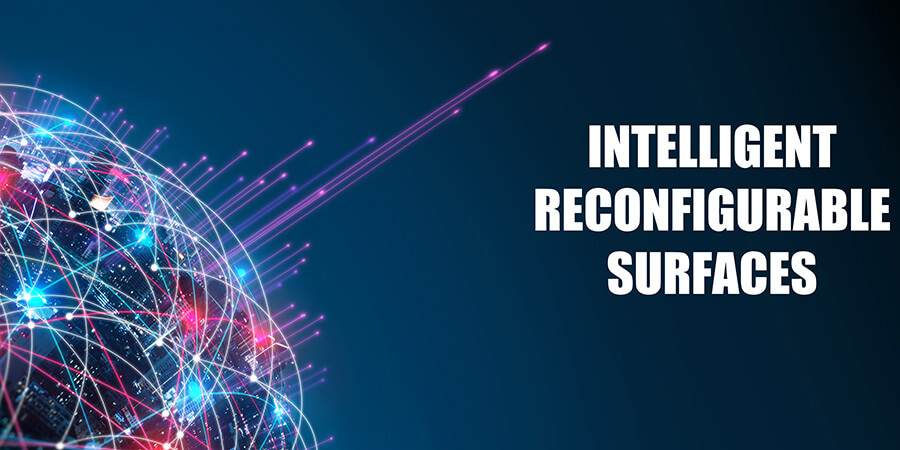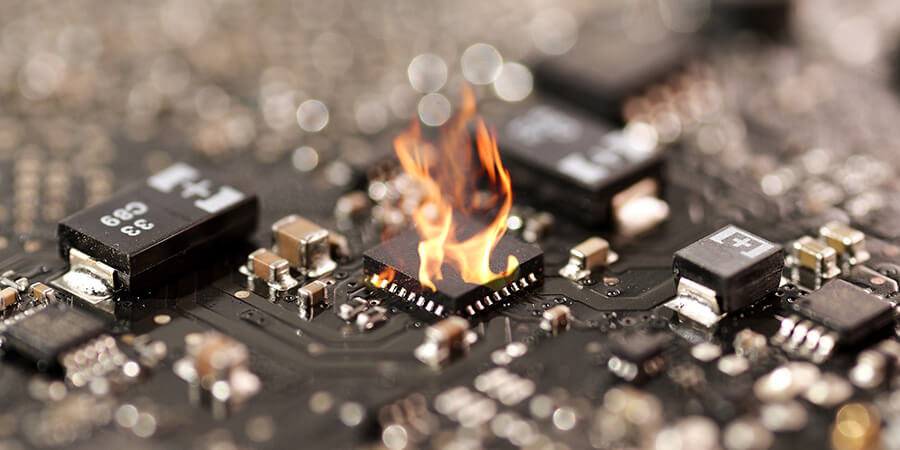A new initiative, spearheaded by the Communications, Space and Technology Commission (CST) and the Saudi Standards, Metrology and Quality Organization (SASO), has mandated the use of USB Type-C as the standard charging port across various devices, effective from January 1, 2025.
Technology Pick
Wrist-Worn Device Market Thrives in China
China has solidified its position as the largest global market for wrist-worn devices, having recorded 45.8 million shipped units in 2024, demonstrating a remarkable 20.1% year-over-year (YoY) growth, according to IDC.
Intelligent Reconfigurable Surfaces: A Next-Gen Element for Ultrafast 6G Connectivity
As demand for improved indoor wireless signals increases alongside advancements in mobile connectivity, communication devices equipped with smart materials such as intelligent reconfigurable surfaces (IRS) could provide better mobile coverage in buildings with poor reception, whilst also supporting new 6G applications.
Turning Down the Heat: New Discovery Fuels the Future of Electronics
Researchers at the University of Virginia (UVA) have achieved a breakthrough in understanding heat flow in thin metal films, paving the way for more efficient and sustainable computer chips.
Your Next PC Will Be AI-Ready. Here’s Why
By 2025, AI-enabled PCs are poised to transition from being a mere luxury to a necessity, accounting for an estimated 60% of total PC shipments, according to ABI Research.
Advancing AI Voice Technology for Emotional Connection
A former OpenAI researcher has secured USD 40 million in funding to launch a startup (WaveForms AI) that aims to develop AI models that can create emotionally engaging connections with humans by utilizing vocal capabilities.
AI’s Next Breakthrough: Recognizing Human Emotions
The emergence of emotion artificial intelligence (AI) signifies the next technological breakthrough, with market projections indicating a remarkable growth trajectory from USD 2.74 billion in 2024 to USD 9.01 billion by 2030, demonstrating a compound annual growth rate (CAGR) of 21.9%, according to a MarketsandMarkets™ report.
Germany Advances Autonomous Driving with Innovative C-ITS Strategy
Germany is positioning itself as a leader in autonomous vehicle (AV) innovation with its new ‘Strategy for Automated and Connected Driving,’ spearheaded by the Federal Ministry for Digital and Transport Affairs (BMDV).
A cornerstone of this initiative is the deployment of Cooperative Intelligent Transport Systems (C-ITS), which enables seamless vehicle-to-infrastructure (V2I) communication.
Kapsch TrafficCom AG, a key industry player, is supporting the strategy with advanced technology, which is currently operational on German freeways and provides real-time traffic management and direct vehicle communication. The strategy outlines the fundamentals, potential, objectives, action areas, and implementation of autonomous public transport in a comprehensive handbook, guiding stakeholders through all phases.
Germany aims to bolster public transport efficiency, enhance traffic flow, and strengthen international collaboration to achieve harmonized, autonomous driving standards. Although this development trails the U.S. and China in terms of operational driverless systems, Germany’s autonomous vehicular projects—MOIA and KIRA—mark critical steps in achieving its vision for a future governed by interconnected and innovative transportation.
Water Facilities Urged to Secure Internet-Exposed HMIs
The water and wastewater systems sector is facing growing cyber threats and attacks due to internet-exposed human-machine interfaces (HMIs).
Study Proposes Radio-Frequency Localization to Improve Smartphone AR Accuracy
Research by Osaka University has revealed critical insights into the challenges of smartphone-based augmented reality (AR) in indoor environments.
















